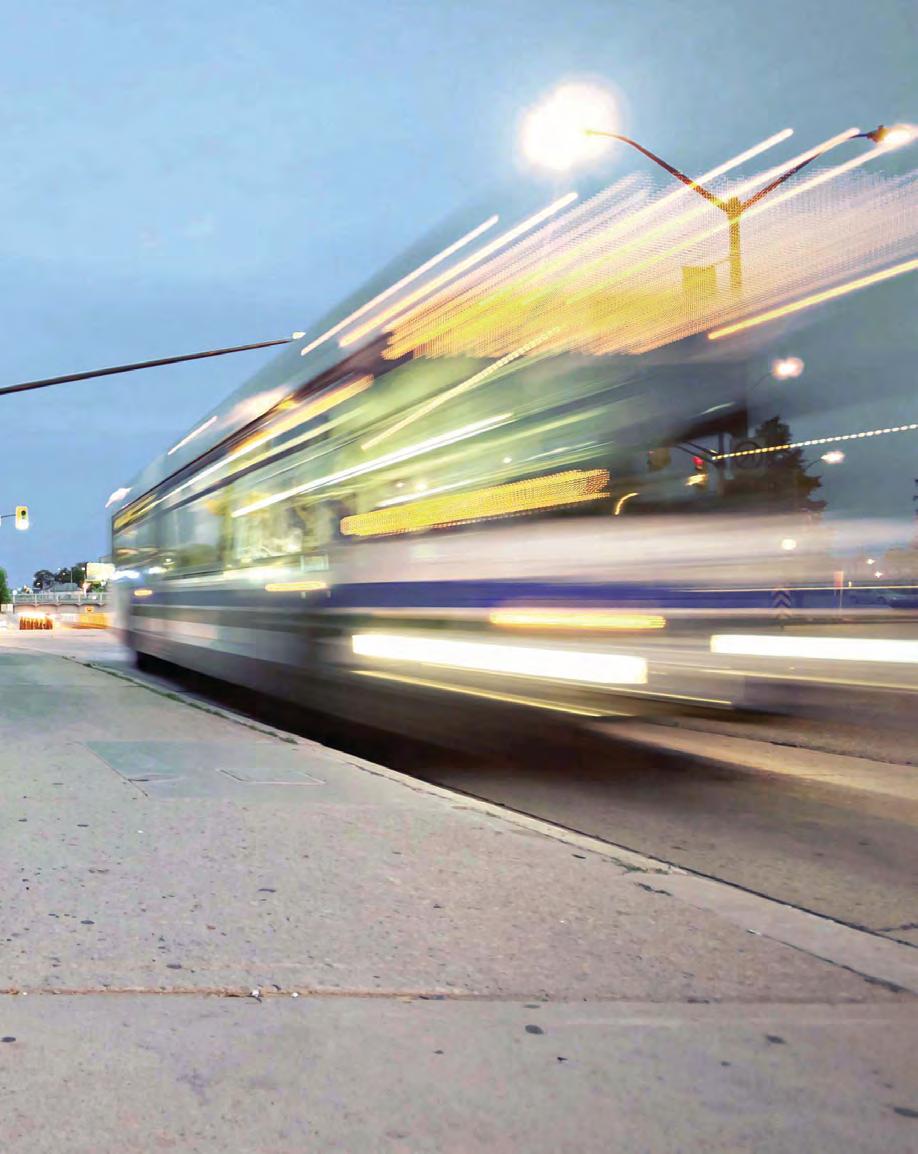

A VISION FOR A GREAT REGIONAL TRANSIT SYSTEM.
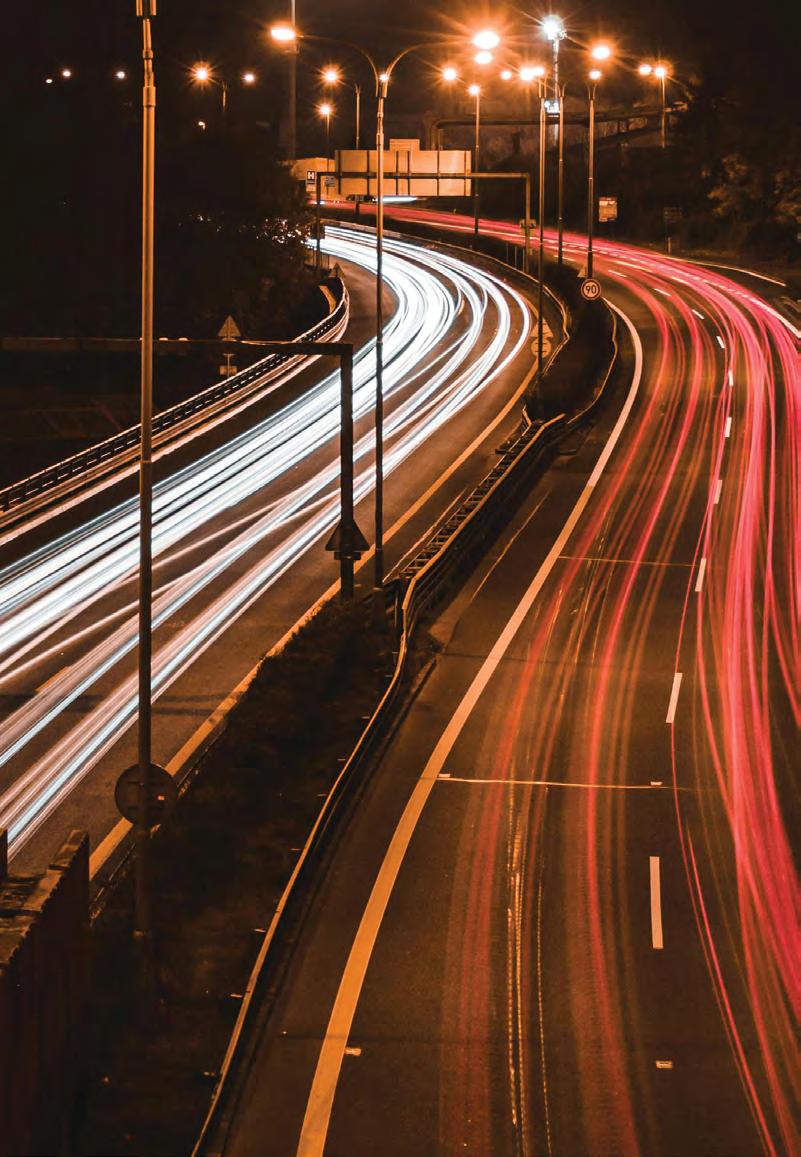

THE ISSUE
The Maryland Transit Administration (MTA) has significant challenges in maintaining and operating its existing infrastructure, leading them to prioritize basic maintenance and operations over system expansion or service improvements. This necessary shift in focus reflects the urgent need to prevent service collapse while underscoring the growing tension between maintaining the system’s integrity and responding to evolving transit demands. Consequently, there is little to no funding left for system planning, expansion, and innovations in the draft Consolidated Transportation Program (CTP), which includes the North-South Corridor, MARC expansion, and other long-term e orts to grow and modernize transit throughout the state of Maryland.
THE VISION
WHAT WOULD A GREAT REGIONAL TRANSIT SYSTEM LOOK LIKE?
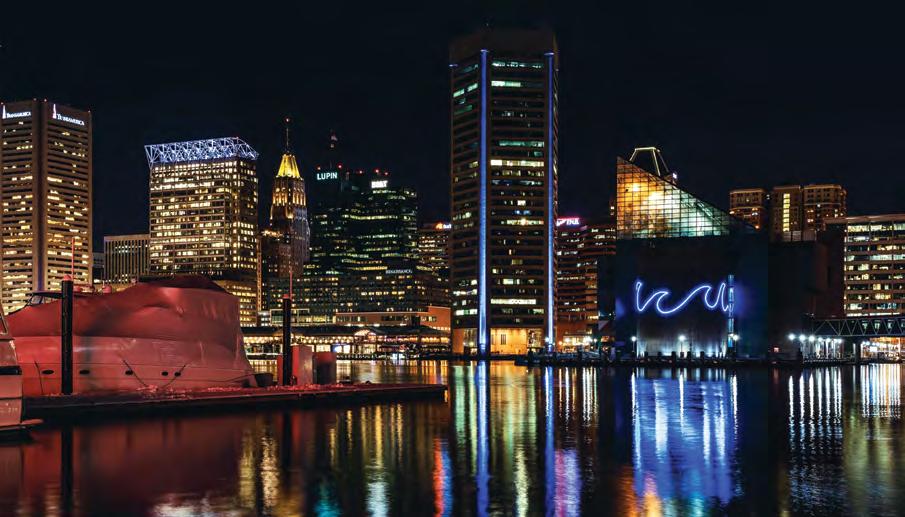


• Routes with transit service so frequent, you don’t need to carry a schedule
• Reliable, a ordable, and safe transportation that connects everyone to jobs, healthcare, education, community, and recreation
• Equitable and a ordable transit options, especially for those who are traditionally underserved
• Sustainable, multimodal, and integrated
• Attractive to people who are both dependent on public transit and those with additional transportation options
• A great commuter system connecting people to job centers throughout the region
HOW DO WE ACHIEVE THIS VISION?
WHAT WOULD IT TAKE TO GET THERE?
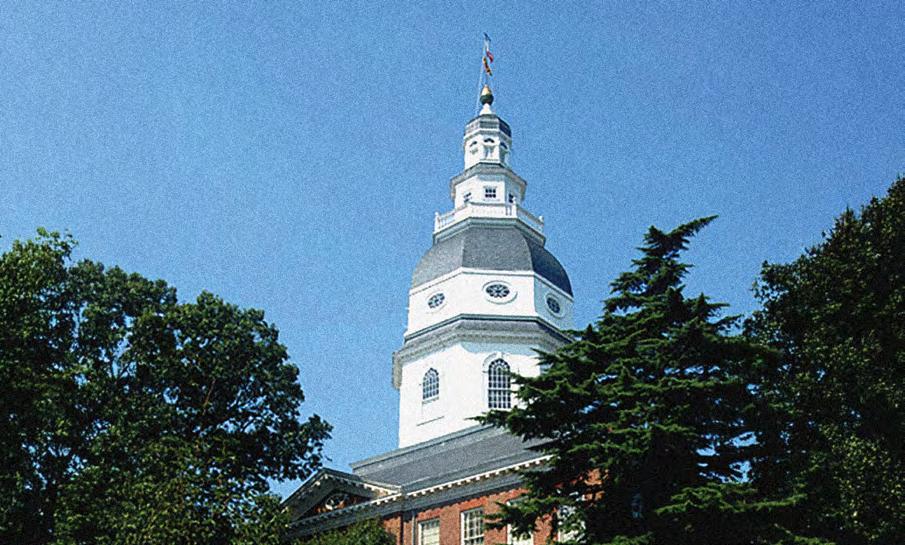


• Invest in additional service operators, transit mechanics, and transit-related employees
• Prioritize regional rail investment to include the Baltimore Red Line
• Explore opportunities for bus rapid transit, additional bus routes, and improved service frequency
• Ensure all public transit vehicles and transit stops are clean and well-maintained to improve the rider experience
• Position Maryland for a continuous pipeline of long-term transit investments
HERE’S WHAT ADDITIONAL FUNDING CAN DO TO REACH THE GOAL.
With an additional $1.3 billion in operating funding over the next 10 years, we could have:
3-5 minute average wait times on Baltimore’s Core Bus frequent transit network
Increased service on all MARC lines
A reimagined Commuter Bus network, with all-day service and new statewide connections
Increased Local Operating Transit Systems (LOTS) service frequencies
6-7 minute headways for Baltimore’s Metro and Light Rail system
A significantly improved rider experience for all transit users throughout Maryland
With an additional $15 billion in capital funding over the next 10 years, we could have:
The Baltimore Red Line in service
A reliable and frequent multi-line light rail and subway system
Regional transit hubs enabling better connections with LOTS
Increased capital expansion for LOTS
A new bus facility for increased service in the Baltimore region
State-of-the-art Metro, Light Rail, and MARC stations
An expanded Mobility fleet
OUR PRESENT SITUATION
There are chronic funding shortages in the State, MDOT, MTA, and Baltimore City DOT budgets, which are projected to grow worse over the next five years, making it di cult to maintain the transit system we have now. We must find dedicated revenue streams for public transit that address the required maintenance issues of the existing system and secure the funds necessary to build a first-rate regional transit system.
At
this time, no appropriate level of funding is available for long-term planning, expansion, or innovation.
The Baltimore Regional Transit Commission (BRTC) was created to provide input, advice, and support for the operations of MTA’s core service network in the Baltimore region. Specifically, the BRTC is to provide local and stakeholder perspective and comment on MTA and LOTS activities in the Baltimore region. The commission may find a way to prevent future governors from singlehandedly canceling a major transportation project.
The Maryland Commission on Transportation Revenue and Infrastructure Needs (the TRAIN Commission) reviews, evaluates, and makes recommendations on the prioritization and funding of transportation projects.
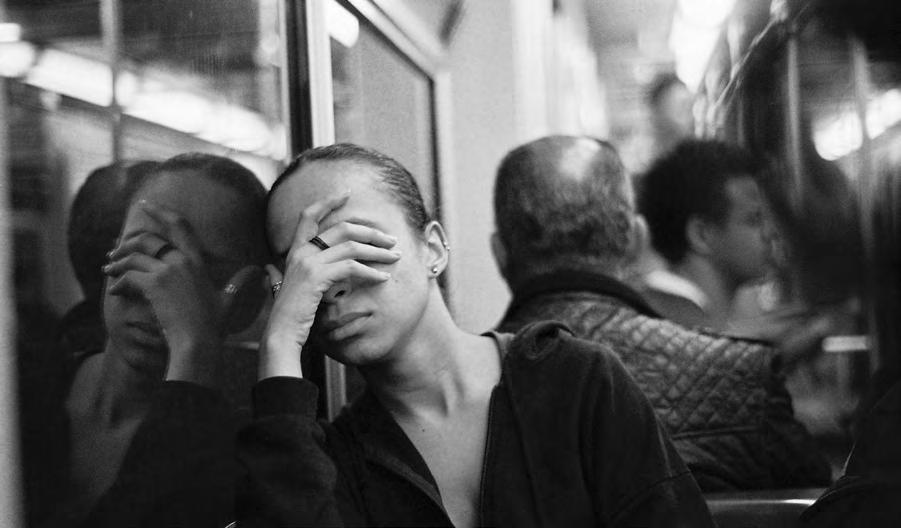
MTA’s BMORE BUS is a transit plan for the Baltimore region that will develop a vision for bus service improvements that could be possible with additional resources.
MTA has an active workforce development program to recruit bus operators, mechanics, bus repairmen, and light rail operators.
The Baltimore Red Line is in the planning stage.
The MTA is leading the development of an updated Regional Transit Plan for Central Maryland to improve transit over the next quarter century. The plan will provide a 25-year vision of mobility and define public transportation goals for Central Maryland, including Anne Arundel County, Baltimore County, Baltimore City, Harford County, and Howard County.
EVERYONE BENEFITS
WHAT’S IN IT FOR US?
People who live in rural areas of Maryland, as well as people who do not use public transit, ask the legitimate question “What’s in it for us?”
Baltimore should be the economic engine for the state, drawing investment, creating jobs, and adding to the state’s tax base. If we accomplished this goal, it would reduce the tax burden for all Maryland citizens.


The obstacle that keeps this from happening is the poverty in the city. According to a 2015 study by Harvard, the number-one obstacle for people trying to escape the cycle of poverty in America is poor public transportation. The cost of that poverty is reflected in:
1. Baltimore residents comprise 9.3% of Maryland’s population but 40% of its state prison population.1
2. The average cost per inmate is $5,030 per month.2
3. Maryland spends $836.2 million annually on prisons.3 Baltimore has averaged approximately 1,050 combined homicides and non-fatal injury shootings annually, which cost taxpayers more than $734 million per year.
There is also a high social cost to crime, which is reflected in the cost to individual victims and their families, as well as to the local community, as people are discouraged from coming into the city to live, work, and play.
Fixing the causes of poverty would be cheaper for Maryland citizens than continuing to pay for the status quo,
which includes maintaining the existing health and welfare network. Investing in our transit system will reduce taxes for all of us.
For more information, visit transitchoices.org



AVOIDABLE OUTCOMES THAT WILL HURT MARYLAND

CORE BUS PROGRAM
(Baltimore’s Bus Network)
Over $400 million would be deferred from the MTA’s Core Bus program, including the rehabilitation and reconstruction of the over 80-year-old Eastern Bus Division and the entire electric/ZEV bus program. A redeveloped Eastern Division is critical to the ongoing success of MTA’s core bus operations and to addressing key environmental goals as promised by the Governor.
Reductions in Core Bus investment would also disproportionately impact underserved communities. For many, public transit is not just a choice—it is a necessity. Nearly 90% of core bus riders do not have access to a vehicle, and transit is their only lifeline to employment, education, and essential services. 89% of core bus users are non-white, according to the MTA’s recently updated origin-destination survey.
LIGHT RAIL MODERNIZATION
$69 million has been deferred from the MTA Light Rail program, including the long-overdue rehabilitation and reconstruction of the Howard Street section, as well as other system improvements. Station improvements necessary for new vehicles have been left unaddressed, putting at risk the MTA’s recent $213 million grant award from the federal government.
METRO RAIL SYSTEM
Ten project deferrals totaling $65 million will impact the Baltimore Metro rail system, particularly a ecting station and facility rehabilitation and system improvements. Deferring interlocking/turnout renewals will likely cause service disruptions and operational risks. Postponing station improvements and lighting programs will lead to higher maintenance costs and potential emergency closures.
MARC TRAIN
Its mid-life overhaul and proposed Bayview MARC connection to the Red Line would be a ected.
RED LINE FUNDING
The draft budget includes no dedicated source of construction funding for the Red Line. In addition, federal funding for the Red Line is impacted by the MTA’s ability to keep its current system in a good state of repair. If CTP cuts are allowed to stand, it will threaten MTA’s ability to get federal funding for this historic project.
THE MTA
According to the MTA’s (2022) Capital Needs Inventory, the agency requires significant reinvestment to maintain its current infrastructure and meet growing demand ($500M/yr). According to the MTA in March 2024, this gap is expected to almost double (to over $900M/yr), and they expect critical infrastructure will fail.


COMPLIANCE CONCERNS
Transit Safety and Investment Act Violation
The Transit Safety and Investment Act of 2021 mandated the MTA State of Good Repair funding at $450 million for Fiscal Years 2025 and 2026. The draft CTP proposes to not honor that legislative mandate, budgeting only $336 million in FY 2025 (a shortfall of $113 million) and $376 million in FY 2026 (a shortfall of $73 million).
Zero-Emission Bus Transition Act Concerns
The Zero-Emission Bus Transition Act of 2020 requires the MTA to only purchase zero-emission buses for its transit fleet as of 2023. We question if further consideration should be given to continuing this mandate and if the MTA instead prioritizes other pressing system rehabilitation and repairs, as outlined in the MTA deferral list.
WE CAN AVOID THESE OUTCOMES AND BUILD A BETTER FUTURE FOR ALL MARYLAND RESIDENTS.
Let’s find the solutions to secure sustainable funding for a first-rate regional transit system in the Baltimore region and throughout Maryland.
